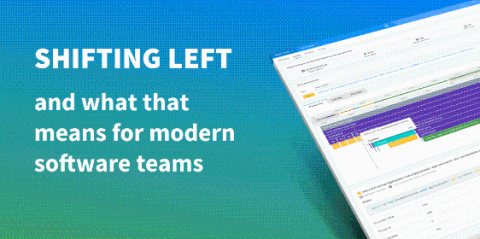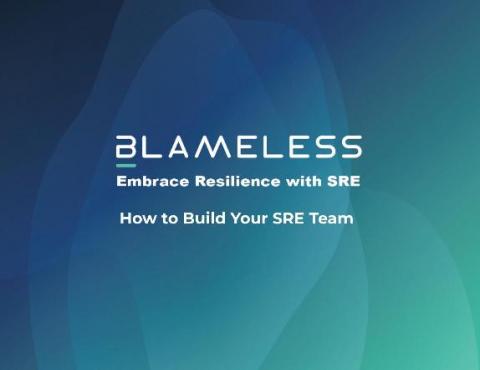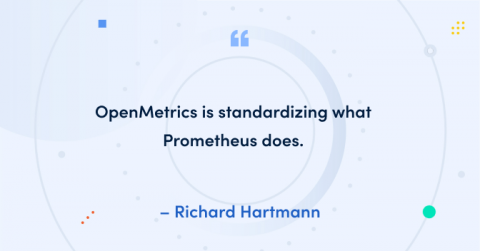Requirements for Branch Office Network Monitoring
For the past 15 years, there's been a shift in how people work, where they work from and how they connect to "work". Employees are no longer tethered to headquarters, their offices or tied to slower complicated VPN services. Additionally, the way people work and where they work from has changed. Along with flexible work hours, employees want workplace flexibility. And with such a competitive job market, employers have to deliver! Flexible work environments offer tremendous benefits such as improved productivity and morale, reduced stress levels and better work-life balance which builds trust and commitment.











